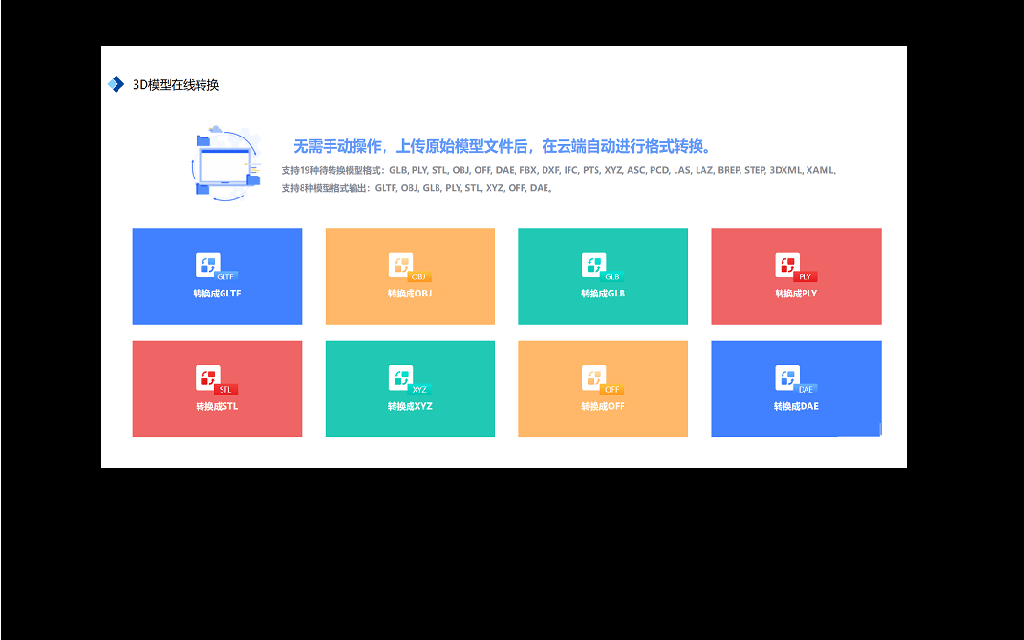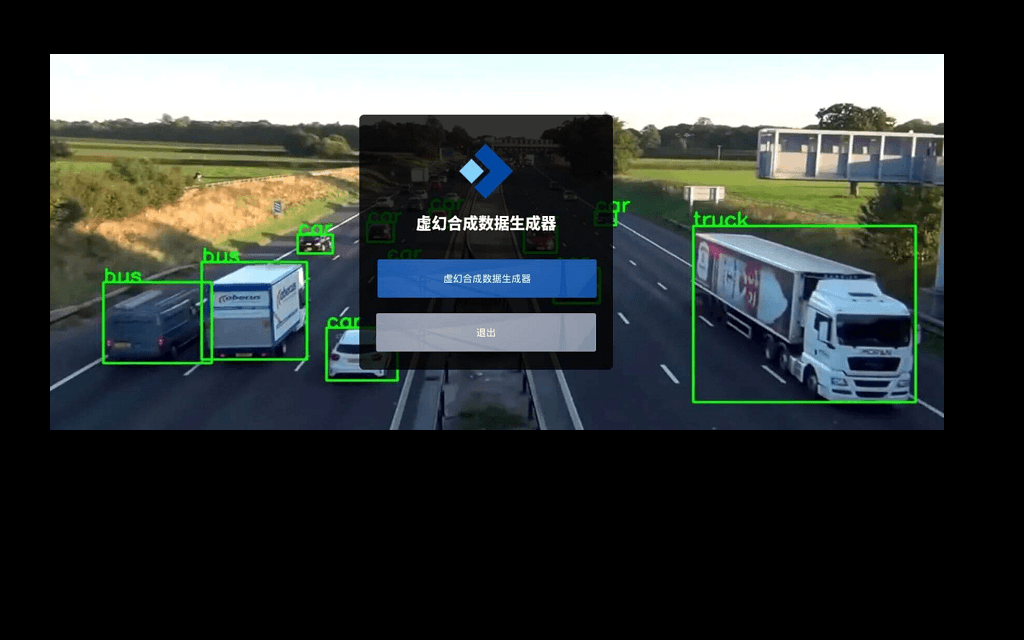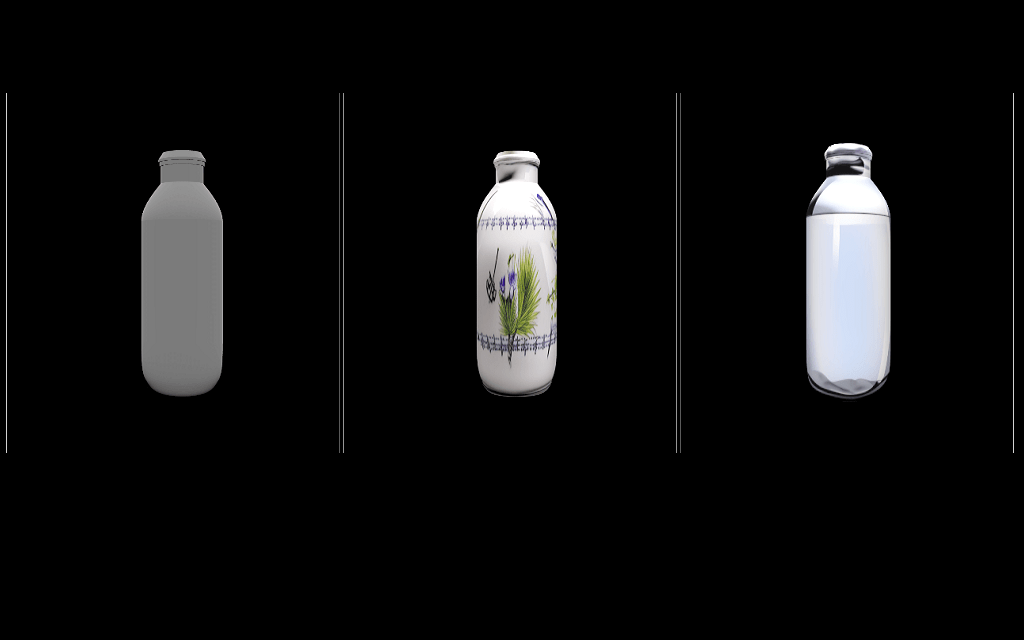Model Card for Model raicrits/OpenLLama13b_Loquace_ITA
<!-- Provide a quick summary of what the model is/does. --> An open-source LLaMa language model of 13b parameters fine-tuned to follow instructions in italian.
Model Description
This model is an open-source LLM of 13b parameters based on OpenLLaMA, an open-source replica of Meta AI's LLaMA. The model was fine-tuned in order to follow instructions, as proposed in Alpaca, but using LoRA technique and a bigger dataset of instruction/answers in italian, cosimoiaia/Loquace-102k.
This repository contains the model merged with the LoRA adapters obtained in the fine-tuning procedure.
- Developed by: Stefano Scotta (stefano.scotta@rai.it)
- Model type: LLM fine-tuned to follow instructions
- Language(s) (NLP): Italian
- License: Other
- Finetuned from model: openlm-research/open_llama_13b
Uses
<!-- Address questions around how the model is intended to be used, including the foreseeable users of the model and those affected by the model. --> The model can be used as is to respond to simple instructions in Italian or can be further fine-tuned to perform specific tasks.
Bias, Risks, and Limitations
<!-- This section is meant to convey both technical and sociotechnical limitations. --> As any other LLM it is possible that the model generates content which does not correspond to the reality as well as wrong, biased, offensive and inappropriate answers.
How to Get Started with the Model
Prompt template:
"Di seguito è riportata un'istruzione che descrive un compito, abbinata a un input che fornisce un ulteriore contesto. Scrivete una risposta che completi in modo appropriato la richiesta.
### Istruzione:
{instruction}
### Input:
{input}
### Risposta:"
Usage: Use the code below to get started with the model.
import os
import torch
import sys
from transformers import LlamaTokenizer, LlamaForCausalLM
if torch.cuda.is_available():
device = "cuda"
else:
device = "cpu"
def generate_prompt(instruction, input=None):
if input:
return f"""Di seguito è riportata un'istruzione che descrive un compito, abbinata a un input che fornisce un ulteriore contesto. Scrivete una risposta che completi in modo appropriato la richiesta.
### Istruzione:
{instruction}
### Input:
{input}
### Risposta:"""
else:
return f"""Di seguito è riportata un'istruzione che descrive un compito. Scrivete una risposta che completi in modo appropriato la richiesta..
### Istruzione:
{instruction}
### Risposta:"""
model_name = "raicrits/OpenLLama13b_Loquace_ITA"
model = LlamaForCausalLM.from_pretrained(
model_name,
torch_dtype=torch.float16,
device_map="auto"
)
tokenizer = LlamaTokenizer.from_pretrained(model_name)
instruction = "qual'è la relazione tra i seguenti oggetti"
input = "sedia, tavolo, divano"
prompt = generate_prompt("instruction", input)
inputs = tokenizer(prompt, return_tensors="pt")
input_ids = inputs["input_ids"].to(device)
generation_output = model.generate(
input_ids=input_ids,
max_new_tokens=256,
)
output = tokenizer.decode(generation_output[0])
output = output.split("### Risposta:")[1].strip().replace("</s>","")
print(output)
"Sedia, tavolo e divano sono tutti oggetti che possono essere utilizzati per creare un'atmosfera rilassante in una stanza."
Training Details
Training Data
<!-- This should link to a Data Card, perhaps with a short stub of information on what the training data is all about as well as documentation related to data pre-processing or additional filtering. --> The model was fine-tinuned on cosimoiaia/Loquace-102k, a dataset of 102k question/answer pairs in italian.
Training Procedure
<!-- This relates heavily to the Technical Specifications. Content here should link to that section when it is relevant to the training procedure. --> The fine-tuning procedure was done using LoRA approach following closely what done for fine-tuning models like Alpaca-LoRA.
Training Hyperparameters
Training setting:
-
train epochs=3,
-
learning_rate=3e-4,
-
optimizer="adamw_hf"
-
mixed precision training: float16
LoRA configuration:
-
r= 8
-
lora_alpha=16
-
target_modules=["q_proj","v_proj"]
-
lora_dropout=0.05
-
bias="none"
-
task_type=TaskType.CAUSAL_LM
Environmental Impact
<!-- Total emissions (in grams of CO2eq) and additional considerations, such as electricity usage, go here. Edit the suggested text below accordingly -->
Carbon emissions can be estimated using the Machine Learning Impact calculator presented in Lacoste et al. (2019).
- Hardware Type: 1 NVIDIA A100/40Gb
- Hours used: 68
- Cloud Provider: Private Infrastructure
- Carbon Emitted: 7.34 kg eq. CO2
Model Card Authors
Stefano Scotta (stefano.scotta@rai.it)
Model Card Contact
stefano.scotta@rai.it


